Lava Tube, Mojave National Preserve
While the entirety of the Eastern part of California is full of amazing places to adventure in, one of my favorite spots is the Mojave National Preserve. Like Death Valley, Mojave National Preserve has a number of different types of desert terrain – dunes, slot canyons, and long lost underground springs. It also has an area that can only be described as one thing and one thing only: a volcanic wasteland. Yes, that’s right: in addition to earthquakes, droughts, floods, firenados, sharknados, and everything else, California also has volcanoes. Fortunately in this case, the Cinder Cone Natural Area within Mojave National Preserve is an area of dormant volcanoes.
Although the area has some amazing cinder cones that can be climbed, and innumerable types of volcanic rocks strewn everywhere that can be examined, the signature place to visit and adventure around is the lava tube. In case you are wondering what a “lava tube” is, today it is something like a cave, but in the past, it was a conduit for liquid white hot rock from the Earth’s mantle. This tube formed approximately 7.6 million years ago during the period of active volcanism in the region. As volcanic eruptions occurred, lava flowed across the area; and along these flows, the surface of the lava cooled faster as it was exposed to air and solidified. But underneath the solidified surface, molten lava continued to flow and expand in “tubes” to new locations. These tubes either solidified themselves in turn, or emptied out into larger flows in other areas. The tube that remains today is one of the “empty” tubes that has been eroded over the last several million years.
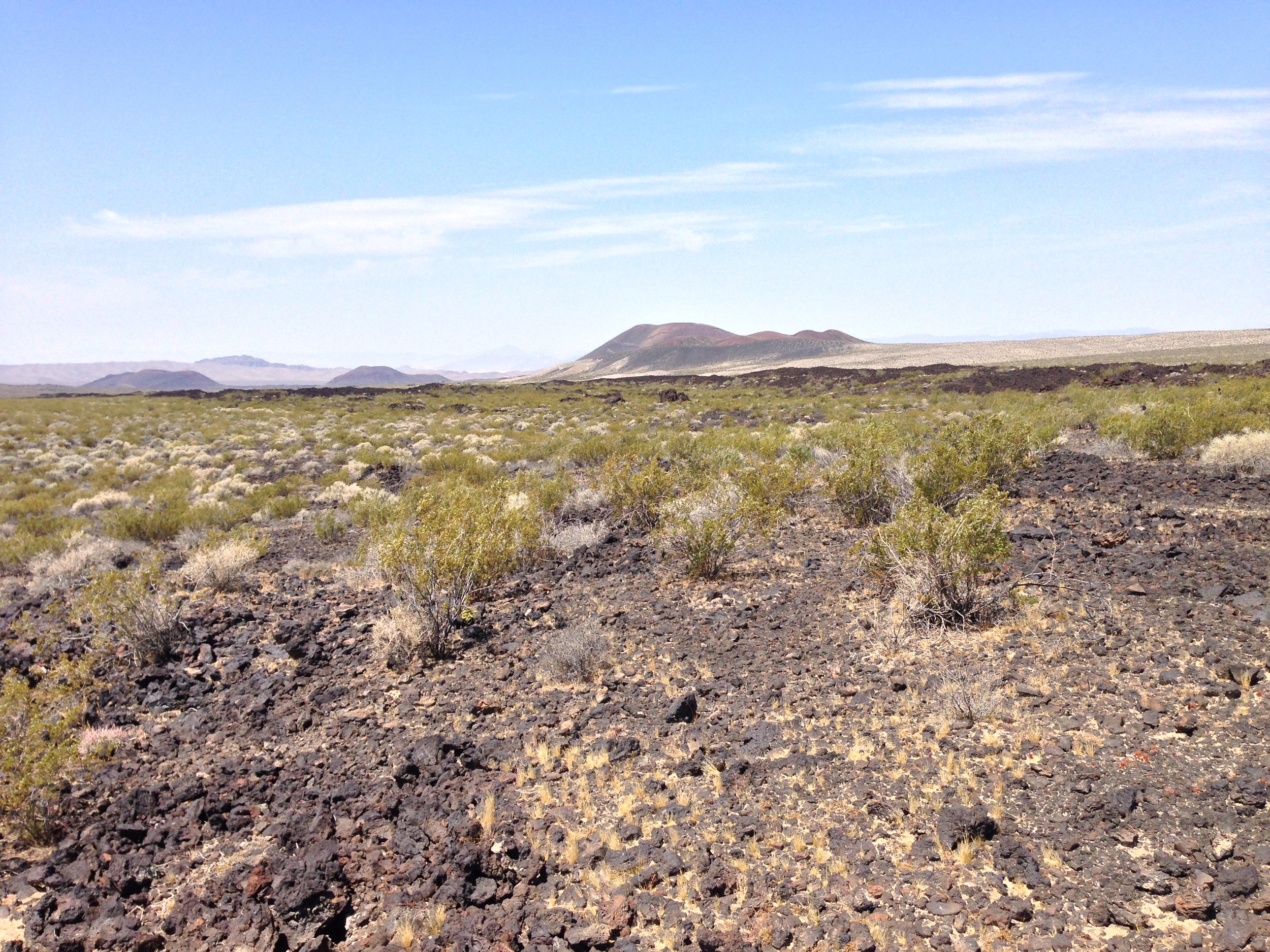
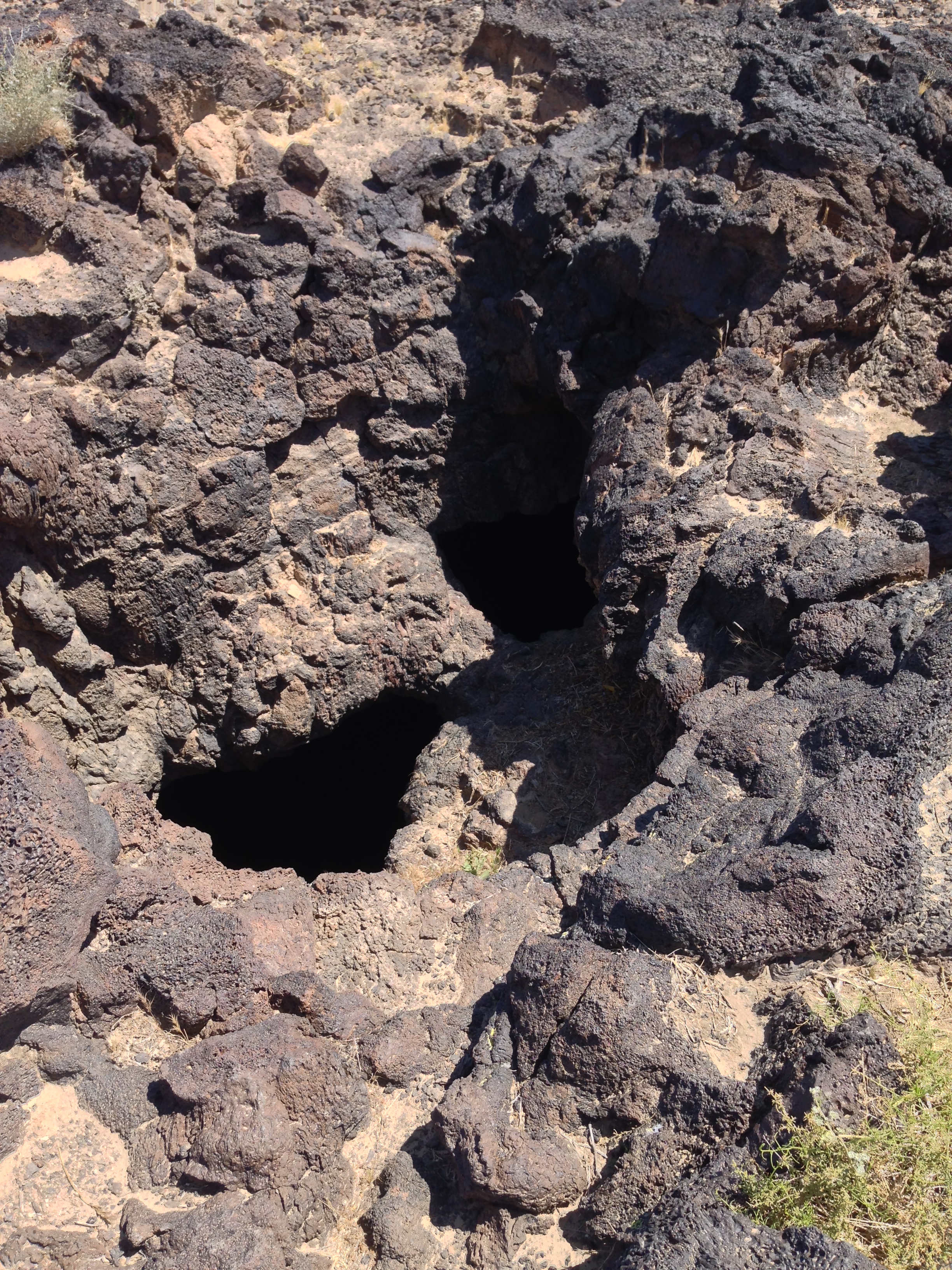
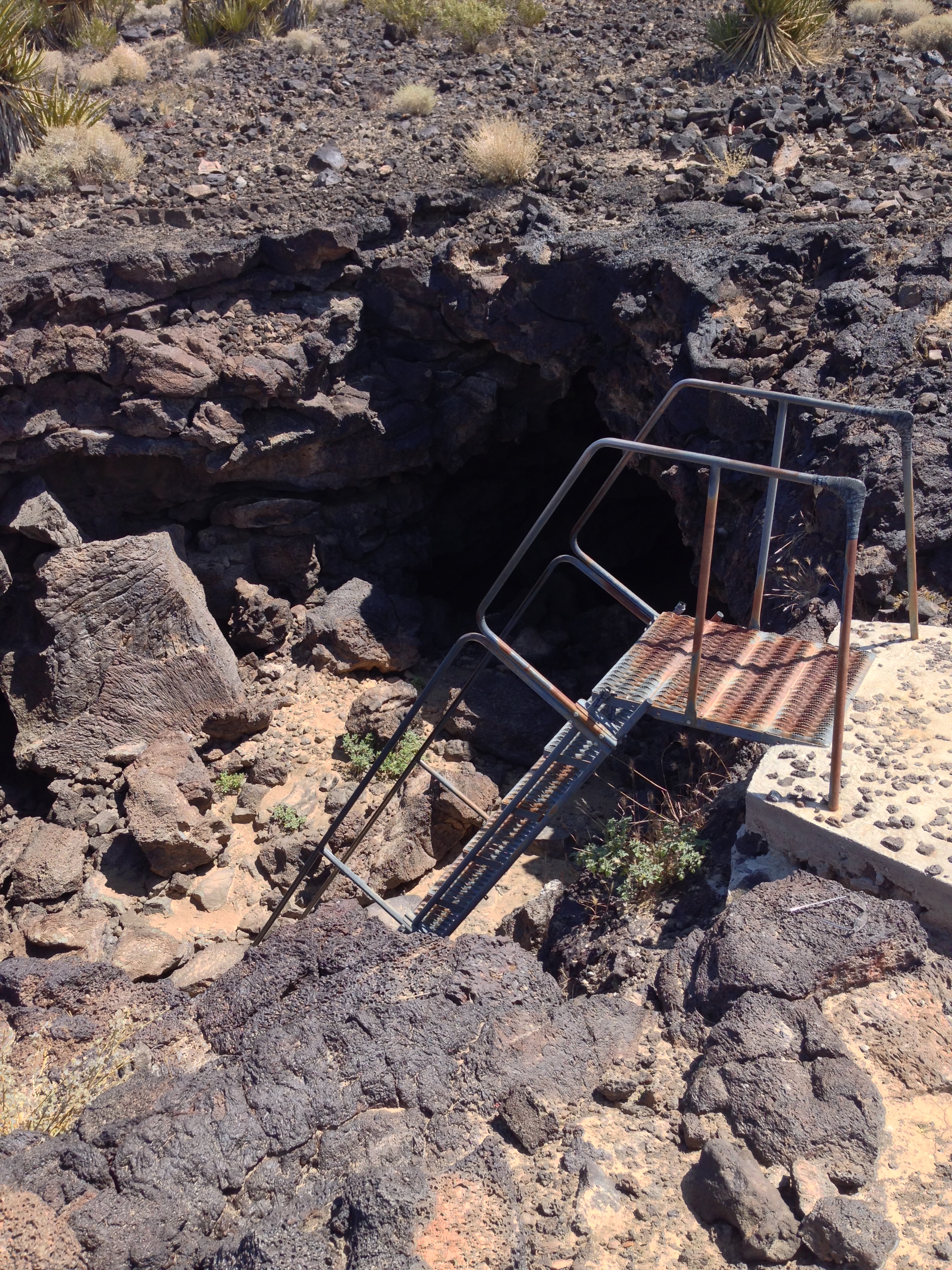
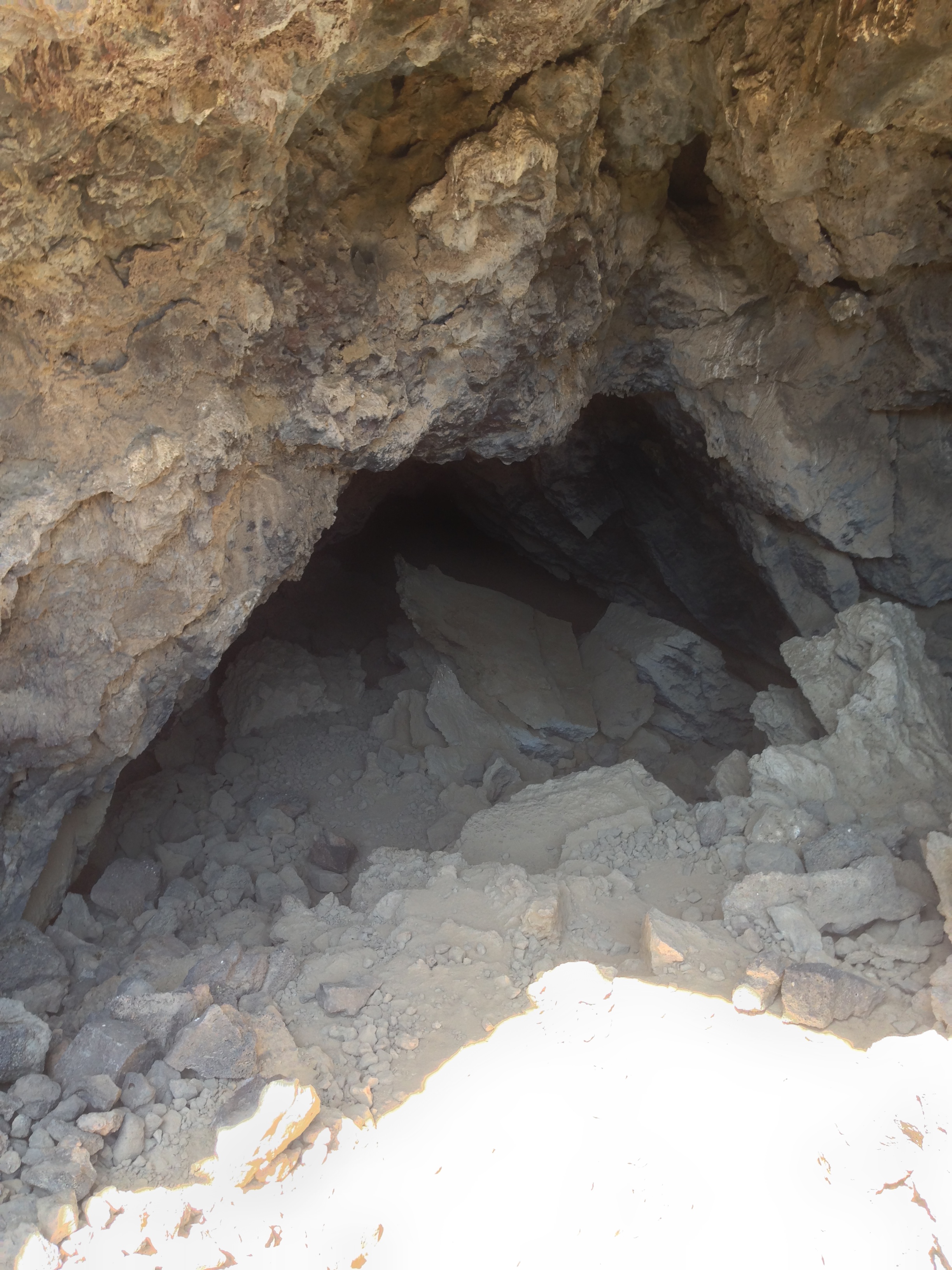
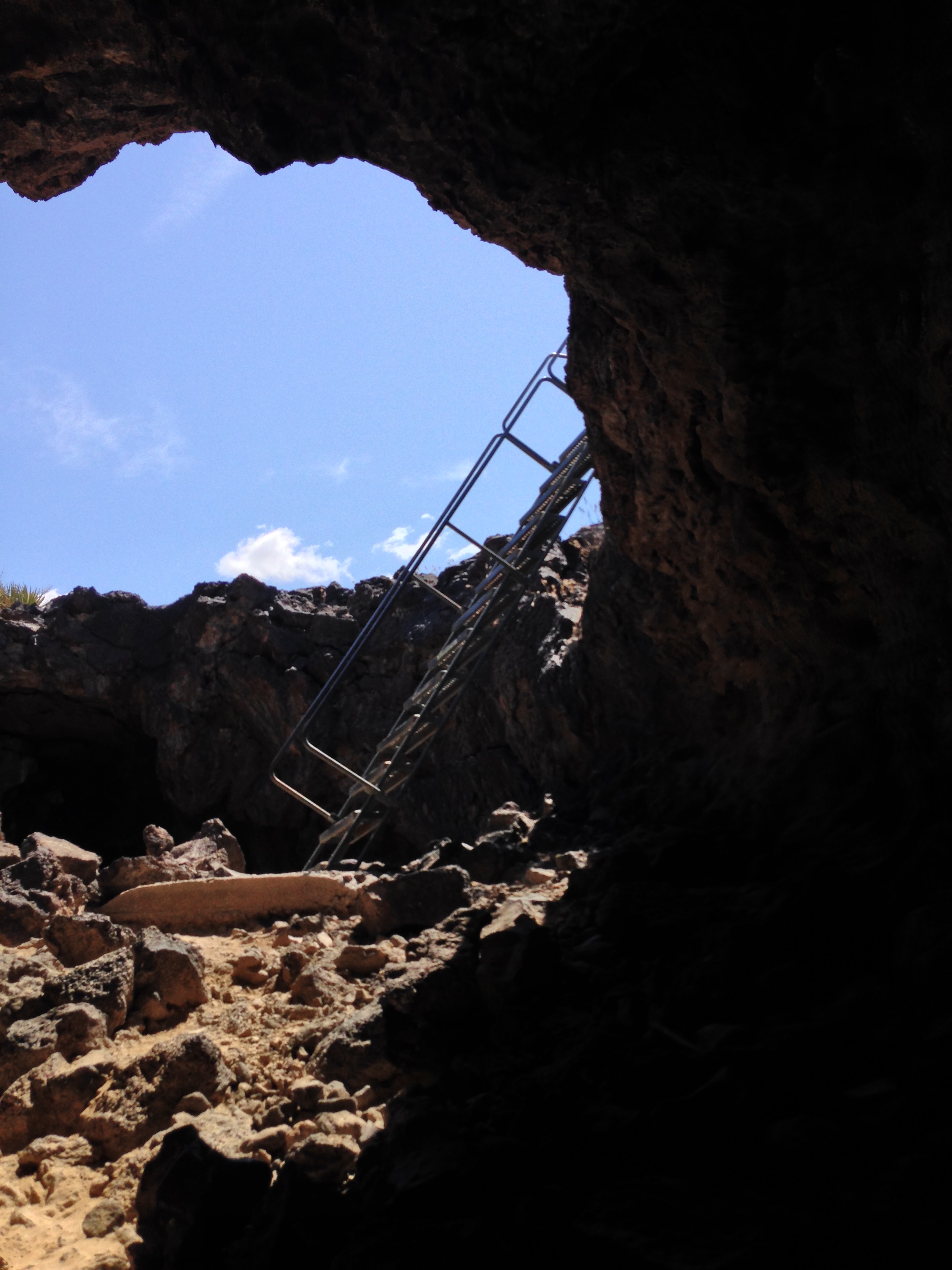
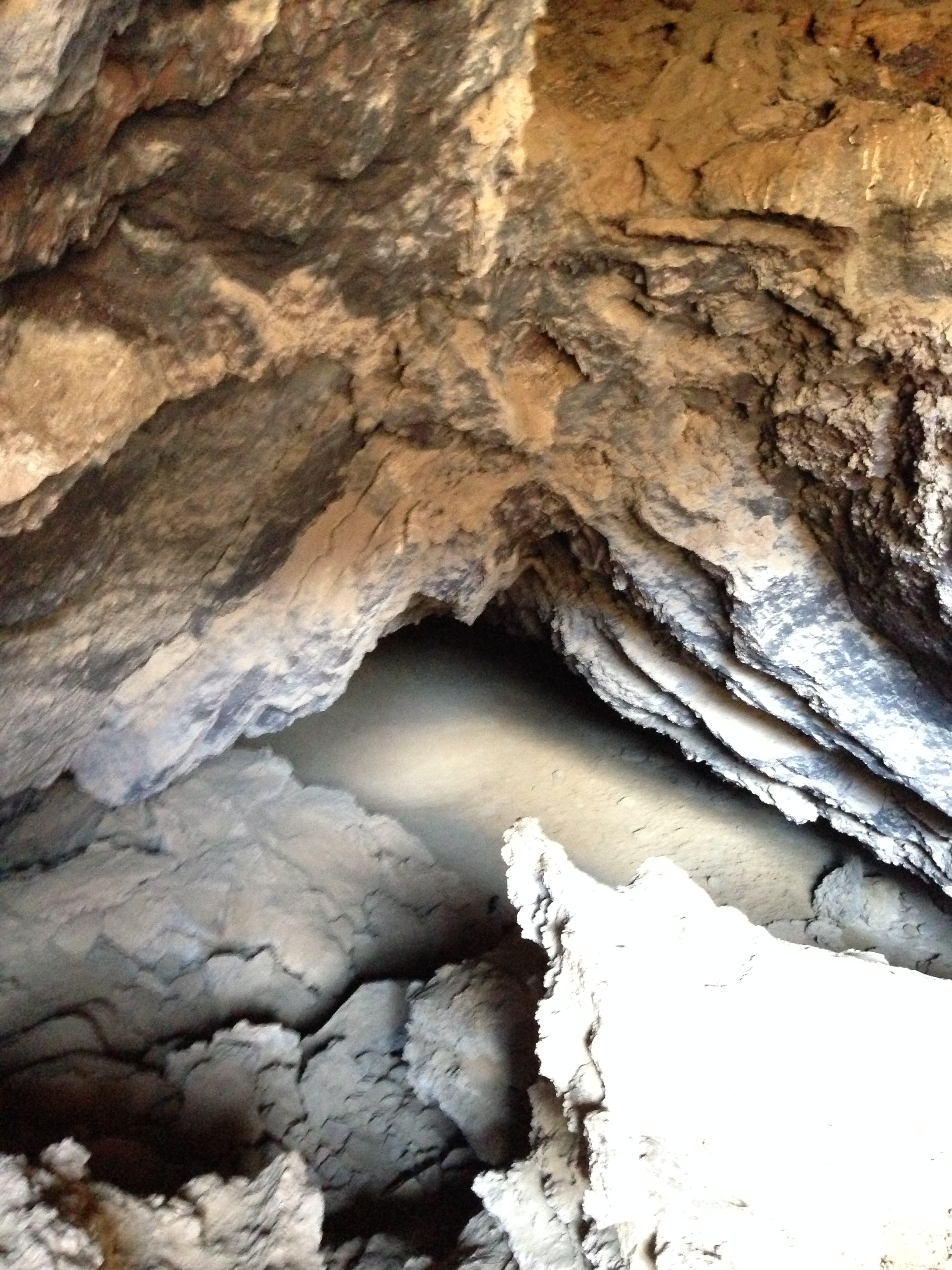
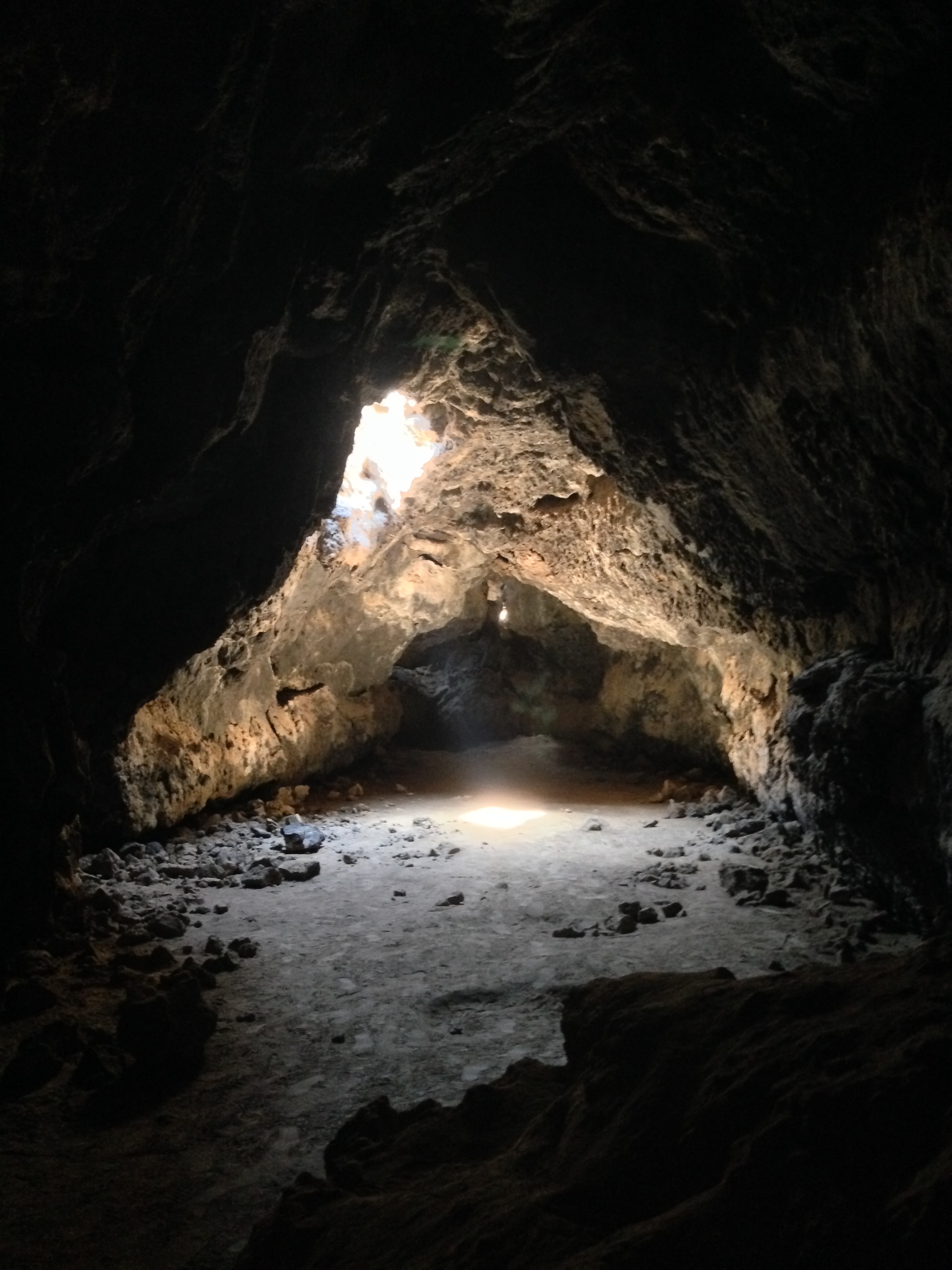
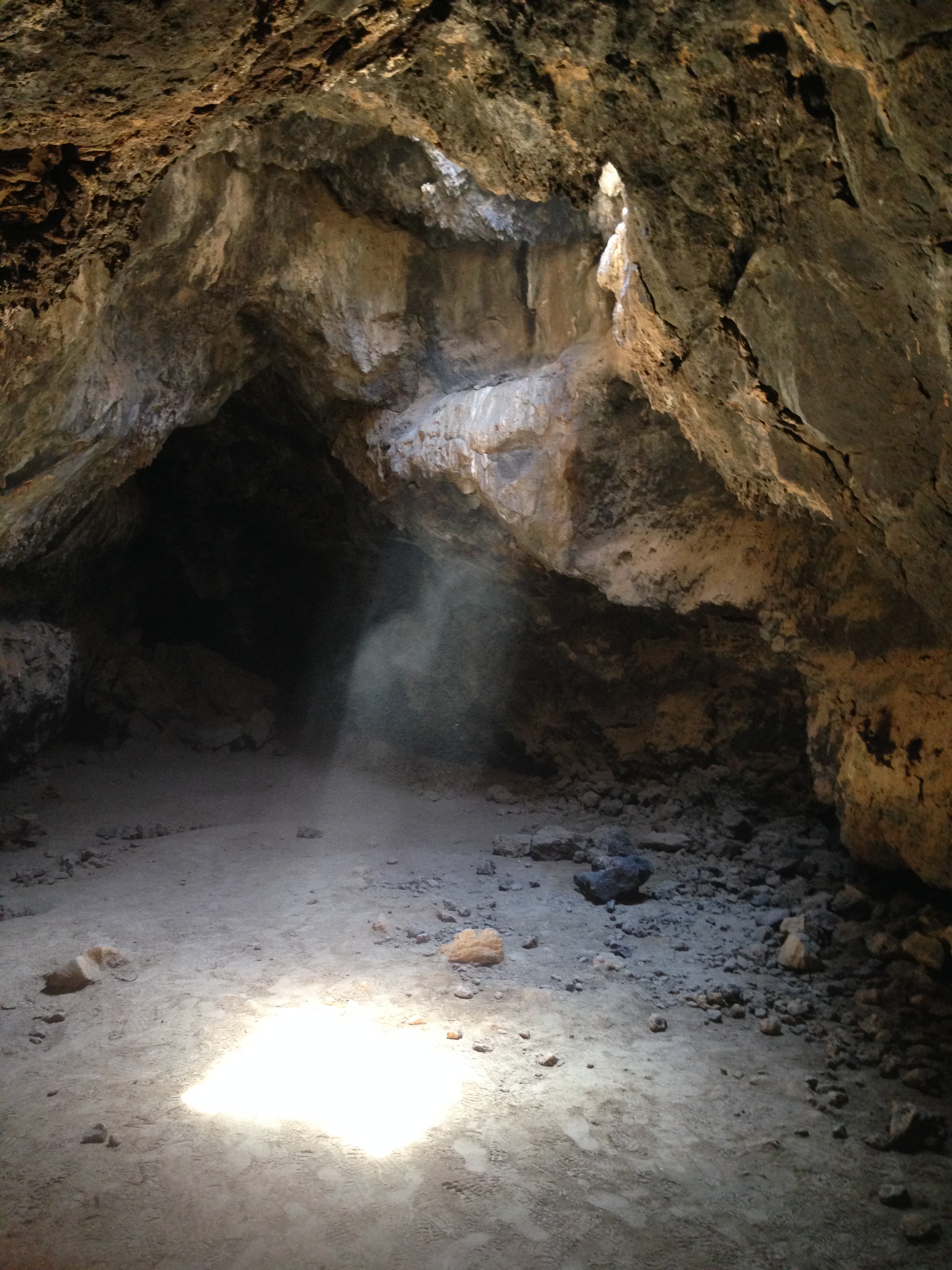
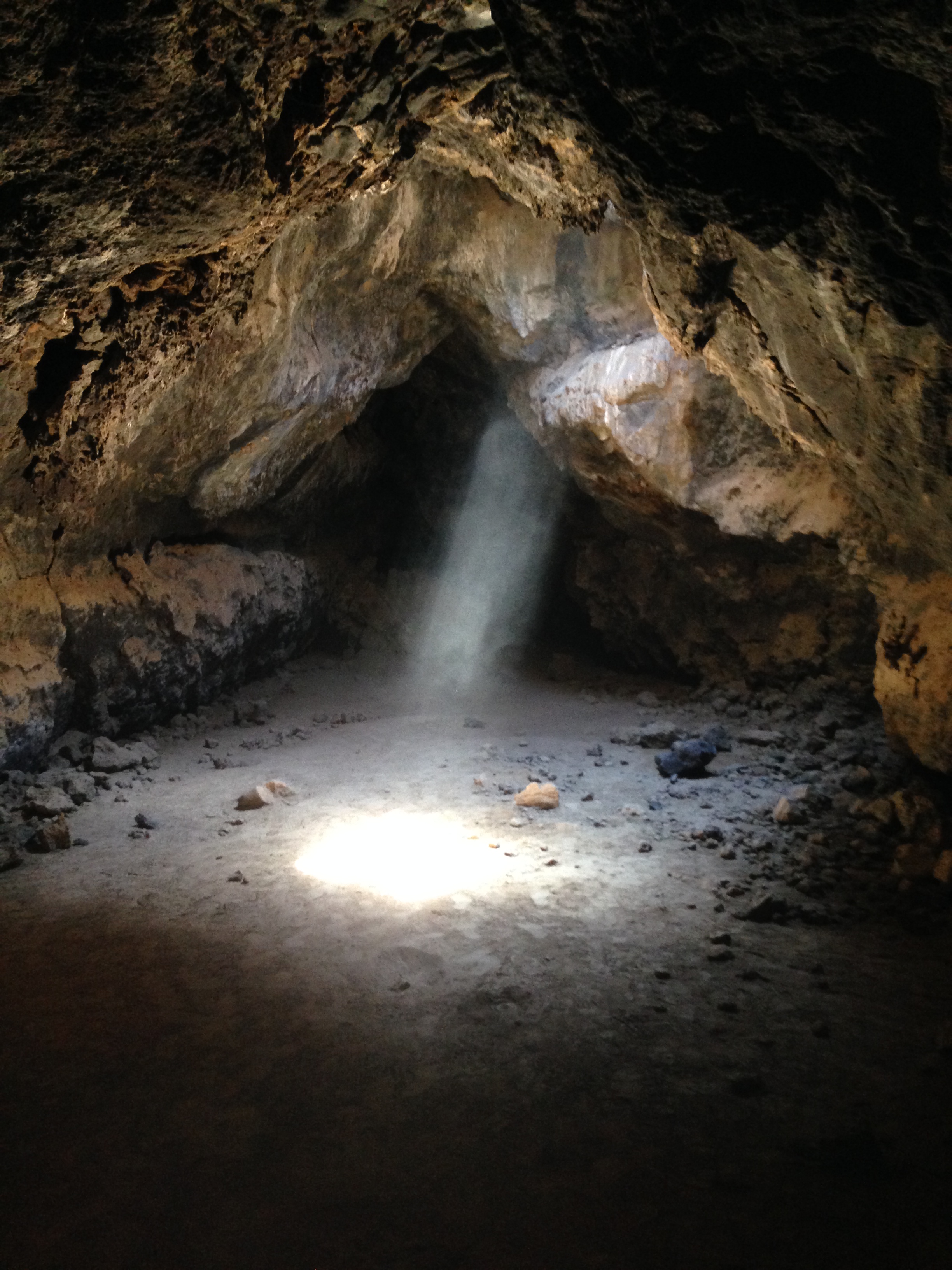
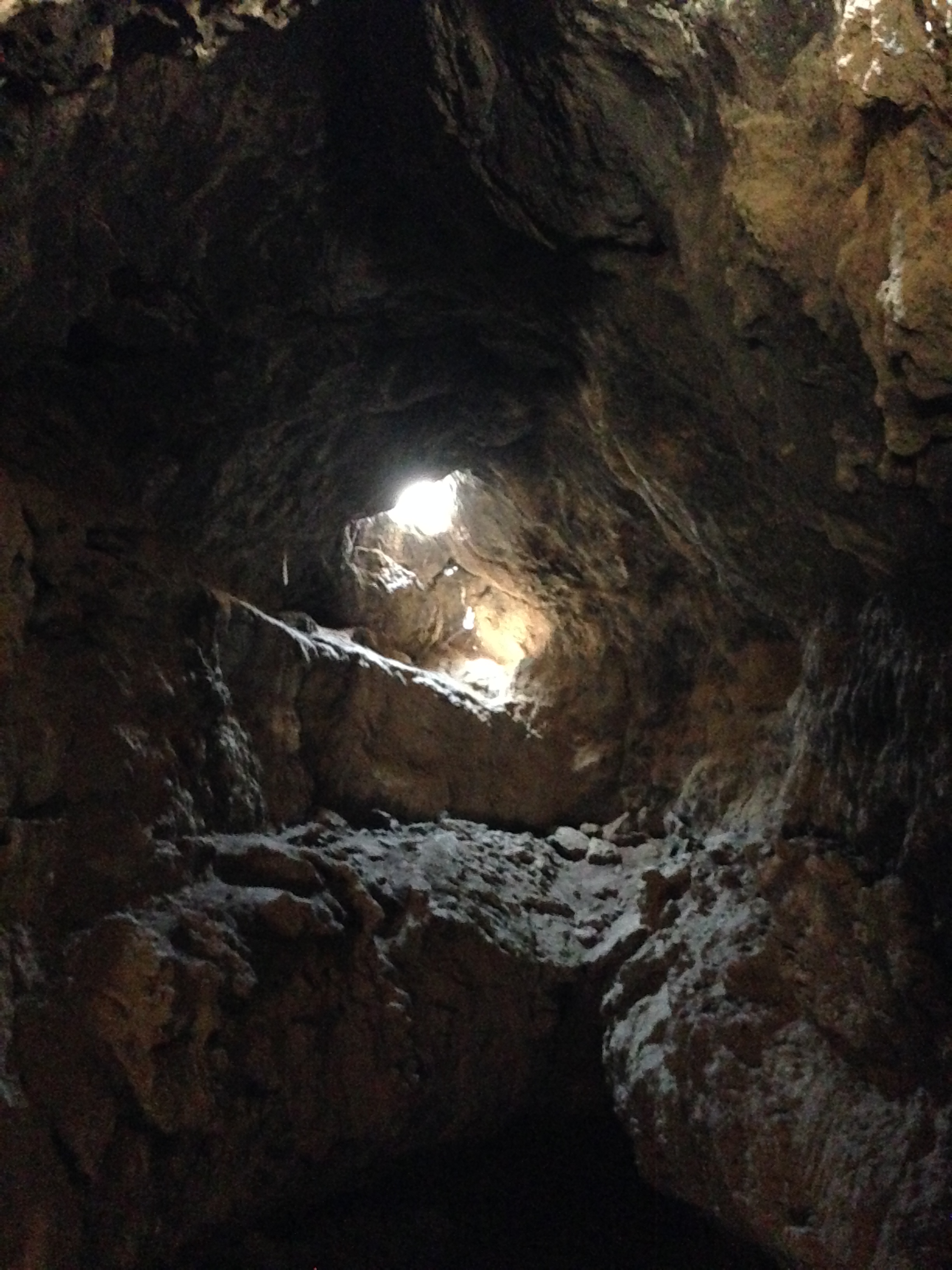
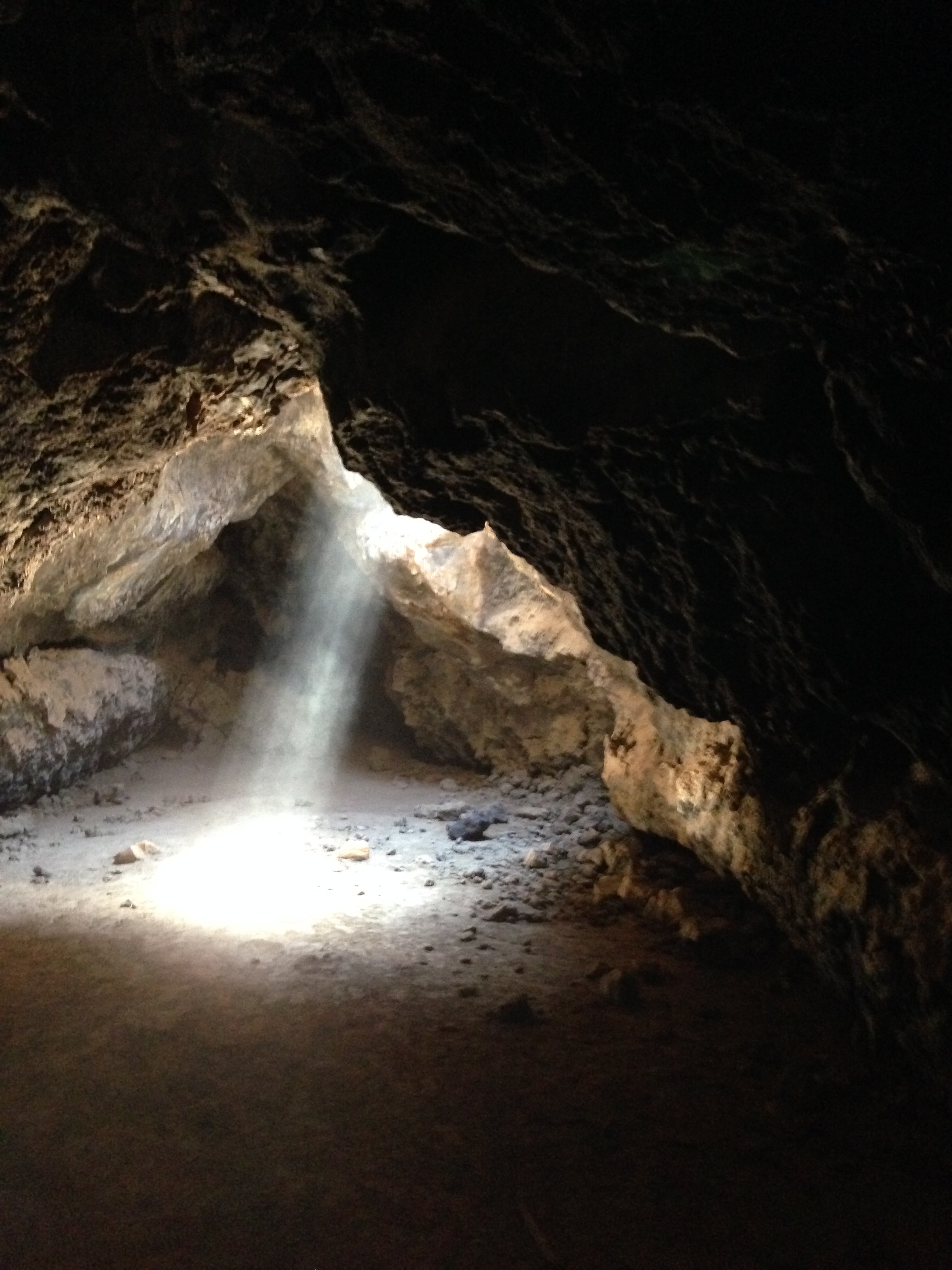
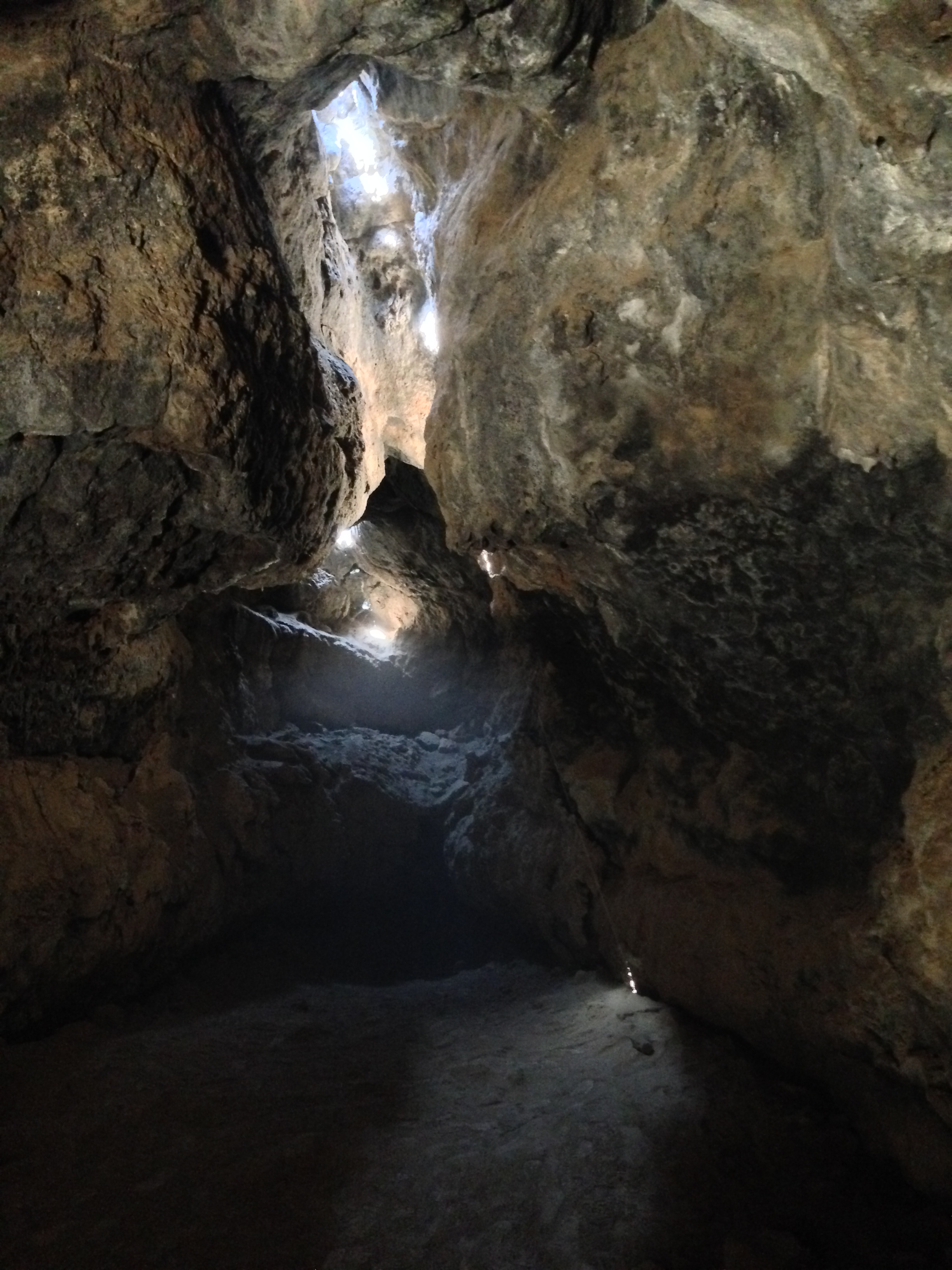
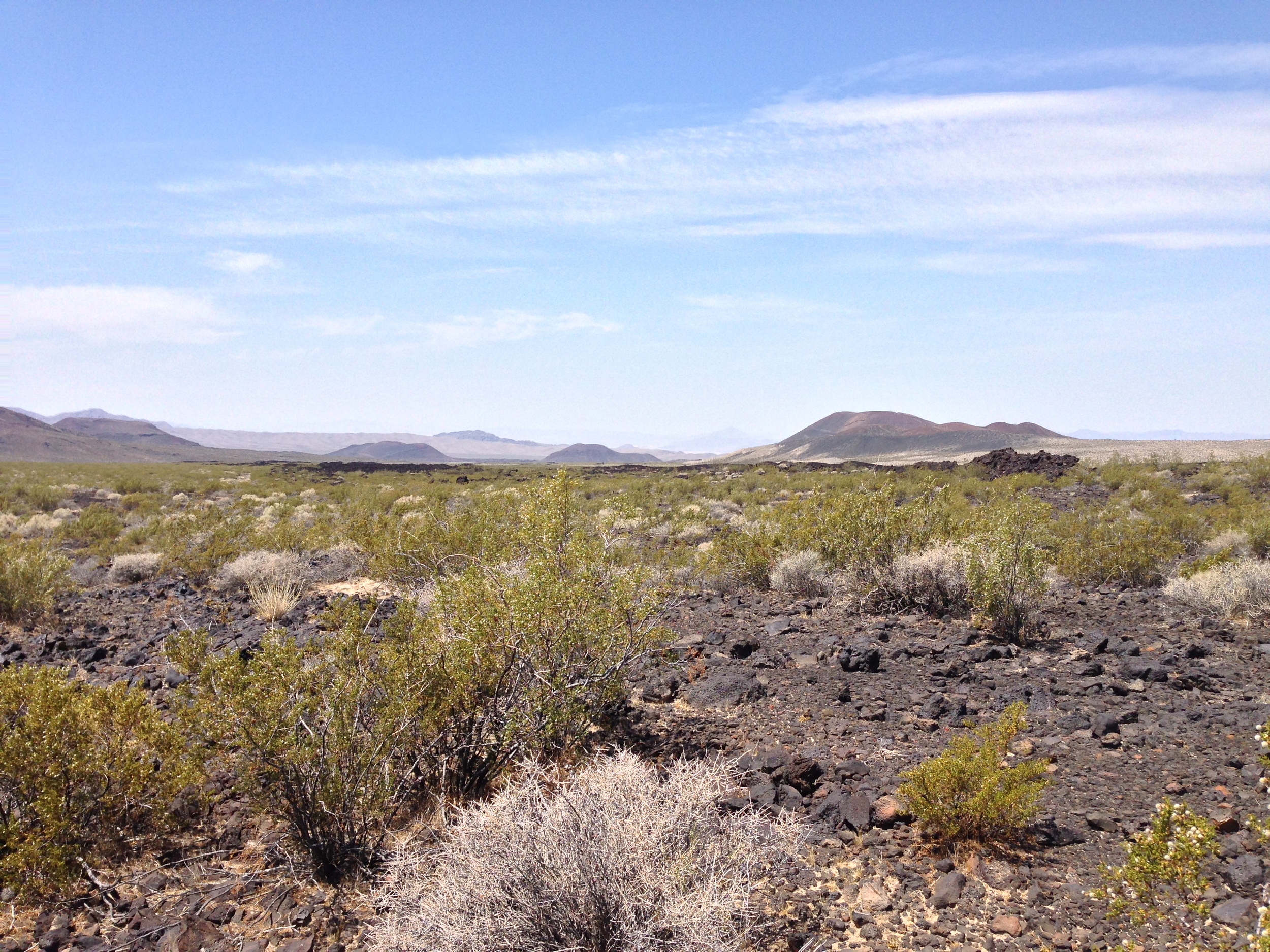
Directions: This adventure requires more off-road skill and patience than hiking skill as the tube is located in the Cinder Cone Natural Area of the park, an area without paved roads. The tube is located off of Aiken Mine Road – which is an ungraded dirt road. While I would not consider the road 4WD only, it is an ungraded dirt road with sandy spots that is located in the middle of the Mojave National Preserve, an area where temperatures can range from 115 during the day to below 32 degrees at night. There is no cell service, and in certain areas, GPS service is unreliable. There are no basic services, and for large swathes of the year, there are no fellow travelers, or other parties who are, or will be in the area. In short: this is a remote area with many risks. If you venture into this area, you should be prepared for all contingencies. My advice on this: if you venture into this area, and you feel that either your driving skills – or your vehicle are not up for the challenge, you should not attempt to traverse the road.
Having now provided the necessary warnings let me say that when I drove down Aiken Mine Road in 2014, I found it to be very mild for off-roading, and contained no obstacles. I also observed two large vans traversing the road with no difficulty. But again, if you are heading out to this area, use your own best judgment based on the conditions that are present. Aiken Mine Road is located directly off of Kelbaker Road, which bisects the park. Aiken Mine Road is nineteen miles South of Baker; and thirty eight miles North of I-40. There are no signs on either side of the road for Aiken Mine Road, but it is a wide dirt road that is clearly visible on the East side of Kelbaker Road. From the turnoff, follow Aiken Mine Road for 4.5 miles east. At 4.5 miles, there will be a slight fork in the dirt road; but here, surprisingly, there is a sign directing visitors to the left (North) for the lava tube. If the sign is not present, bear North (left) at the fork at 4.5 miles. From the sign, it is .25 miles to the parking area for the lava tube.
From the parking area, follow the 4WD portion of Aiken Mine Road for approximately 300 yards before turning right (South) onto a foot trail up a slight hill. Once you have turned right, you will start to see a number of eroded holes in the lava which lead into the tubes below. Continue along the trail, and you will see the largest hole of them all – with a ladder poking out of it. This is the main entrance to the lava tube; and as ladders descending into the ground in the middle of the desert are uncommon, it is something that is impossible to miss. Descend the ladder, and you will be in the lava tube.
Tips: The tube is not that large (probably about .25 mile long and fifteen feet wide), so if you happen to be in the area on one of those rare occasions when a large group is present, I would suggest that you wait until they vacate the tube before you go in. The main reason for this is that after millions of years holes have been eroded into the ceiling of the tube, resulting in glowing shafts of light that illuminate the tube. I found these to be a great visual feature, and something else that adds to the stunning nature of the spot – and a great item to photograph as well!
